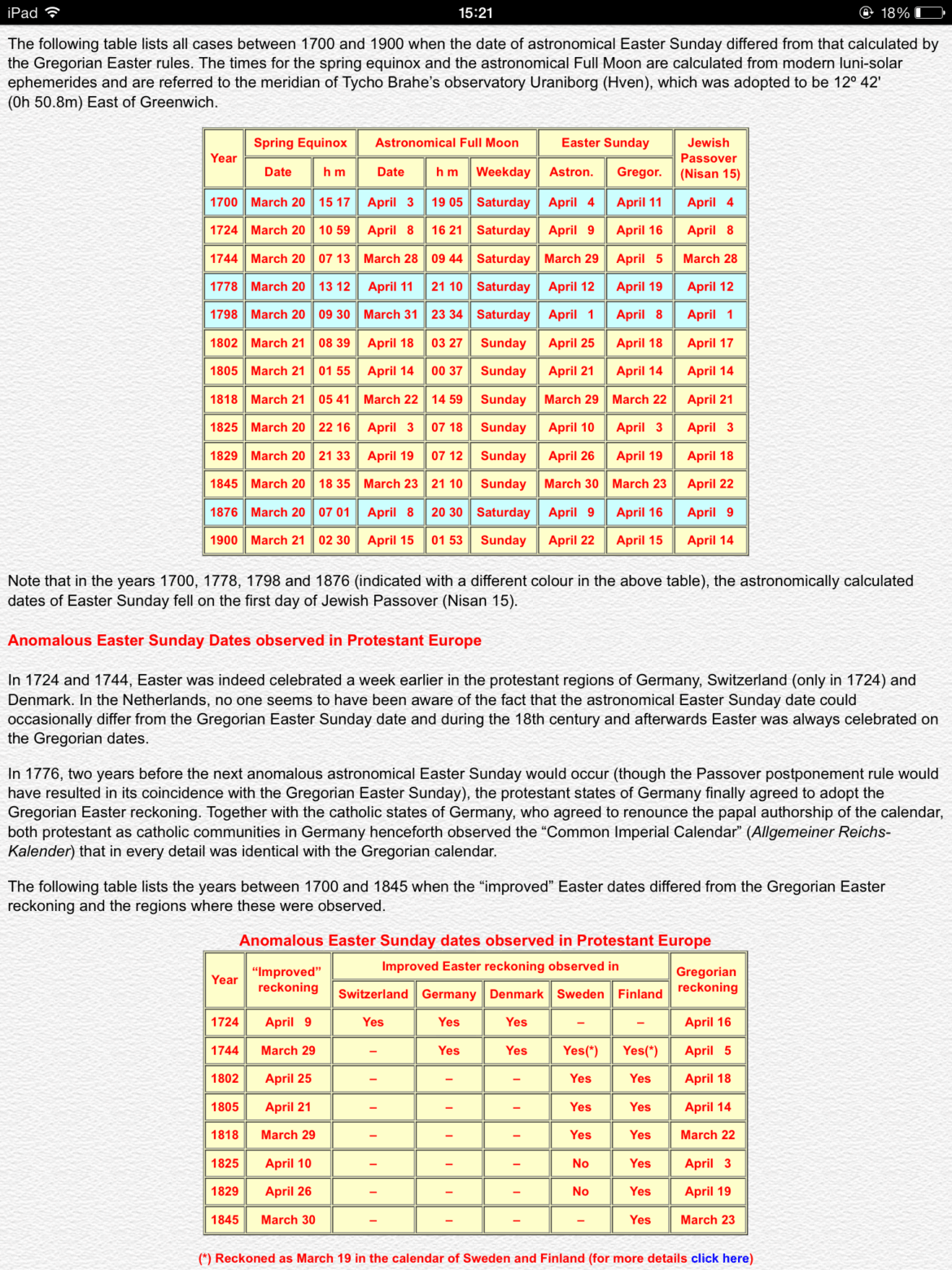The celebration of Easter is central to the Christian faith, marking the resurrection of Jesus Christ from the dead. This event signifies victory over sin and death, offering believers the hope of eternal life. However, the calculation of the date for Easter Sunday, the day on which this momentous occasion is commemorated, is more complex than one might initially presume. The date varies each year, and an understanding of the underlying astronomical principles is essential to comprehend how Easter is determined.
At the heart of Easter’s date lies the Council of Nicaea, convened in AD 325. The council established the formula for determining Easter, which is rooted in both lunar and solar calendars. Specifically, it was decided that Easter would be celebrated on the first Sunday following the full moon that occurs on or after the vernal equinox (approximately March 21). This approach inevitably links the timing of Easter to the Jewish Passover, which is also based on lunar cycles.
To delve deeper, let us consider the Moon’s role. The Church decided to use the Paschal Full Moon—an ecclesiastical approximation of the March equinox—rather than relying on direct astronomical observations. This decision stems from the desire for a standardized method to unify the celebration of Easter among diverse Christian communities. Though the March equinox is fixed around March 21, the actual full moon can vary, leading to potential fluctuations in the Easter calendar.
Under these parameters, the earliest date that Easter can fall on is March 22. This phenomenon occurs when the full moon occurs on March 21, and that particular day is a Sunday. Given this intersection of lunar cycles and the solar calendar, it is a rare occurrence, notably witnessed in the year 1818. However, such an event remains exceedingly atypical.
The astronomical limits of Easter are further elaborated when we consider its latest possible date—April 25. Similar to its earliest date, this calculation is contingent upon the same lunar calendar. The full moon can drift later into April, meaning that if the first Sunday following that full moon is also late in the month, then Easter can be celebrated as late as the 25th. The combination of these celestial events shapes the framework of the Easter celebration, knitting together elements of astronomy, tradition, and scripture.
From a Christian perspective, the discussion of these dates does more than simply address calendrical curiosities. It offers insights into the significance of timing within the ecclesiastical context. The very foundation of the Christian faith hinges upon the resurrection occurring in the context of Passover, symbolically linking the salvation narrative to the liberation of the Israelites from Egyptian bondage. Understanding this timeline helps believers appreciate the fulfillment of Old Testament prophecies in the New Testament account, fostering a deeper faith.
Moreover, it is pertinent to mention that the Easter celebration is impacted by regional and cultural variations. Eastern Orthodox Christians, for instance, utilize the Julian calendar rather than the Gregorian calendar adopted by Western Christians, resulting in a different date for Easter. This divergence serves as a reminder of the rich tapestry of Christian tradition, where variations can coexist within the greater framework of shared belief. While many may pursue uniformity, it is often the differing practices that encourage dialogue and understanding among denominations.
Furthermore, the dialogue extends beyond mere calculations. When discussing Easter, it is essential to explore the symbolism associated with the date. The timing of Easter, intertwined with the rhythms of nature, provides a profound reflection on renewal, rebirth, and the changing seasons. Spring emerges as a vibrant backdrop, representing new life and the flourishing of creation, echoing the Christian belief in the resurrection of Jesus as the first fruits of many to come.
In addition to its theological dimensions, the establishment of Easter also facilitates an examination of historical and cultural precedents. The observance has morphed significantly into various local customs and traditions, from the somberness of Good Friday to the exuberant celebrations of Easter Sunday. Traditions—whether involving egg hunts, festive meals, or sunrise services—often echo the underlying themes of resurrection and new beginnings, encapsulating the essence of Easter in diverse expressions.
Concisely summarizing the complexities of Easter’s timing, it remains a compelling study that intertwines astronomy, theology, and culture. The interplay of these elements prompts a deeper exploration of what Easter represents—not merely the commemoration of Christ’s resurrection, but a profound reminder of hope and renewal within the Christian narrative. Whether one is inclined to meticulously calculate the date or simply revel in the celebratory atmosphere, understanding the astronomical limits enriches the experience and appreciation of this pivotal event.
In conclusion, the interplay of celestial phenomena and ecclesiastical tradition serves to frame our understanding of Easter’s significance. As Christians worldwide engage with this momentous occasion, they are invited to reflect not just on the date marked in their calendars, but on the full and profound implications of what Christ’s resurrection means for humanity—a promise of new life that transcends the bounds of time and tradition, continually inspiring hearts and minds.



